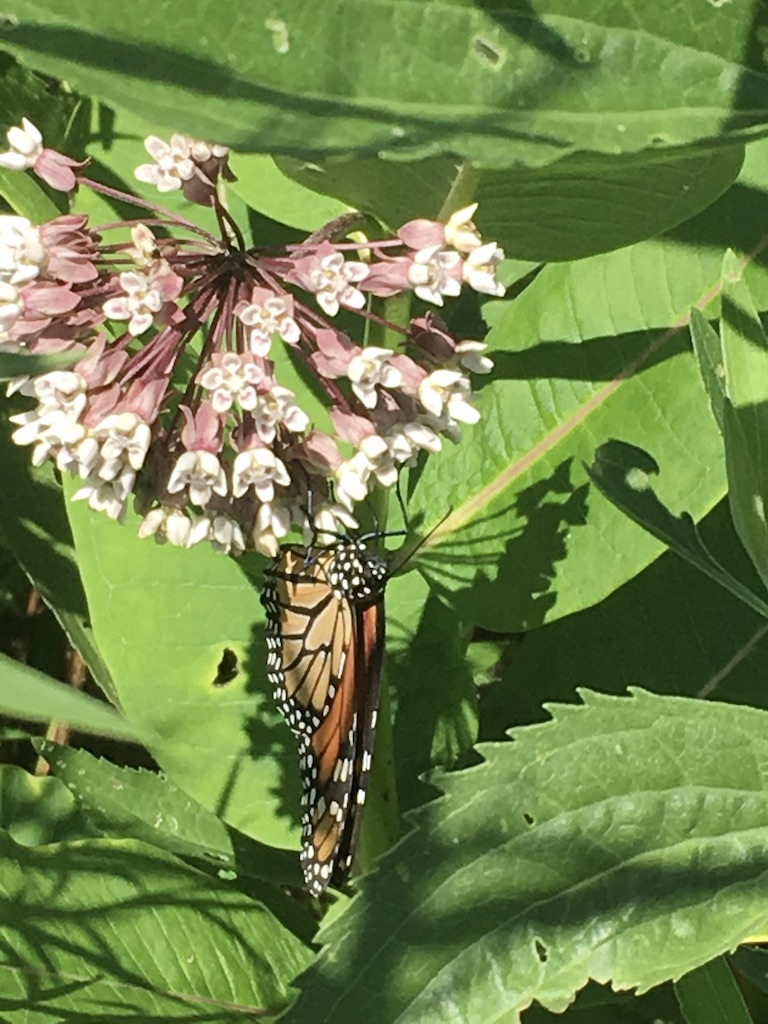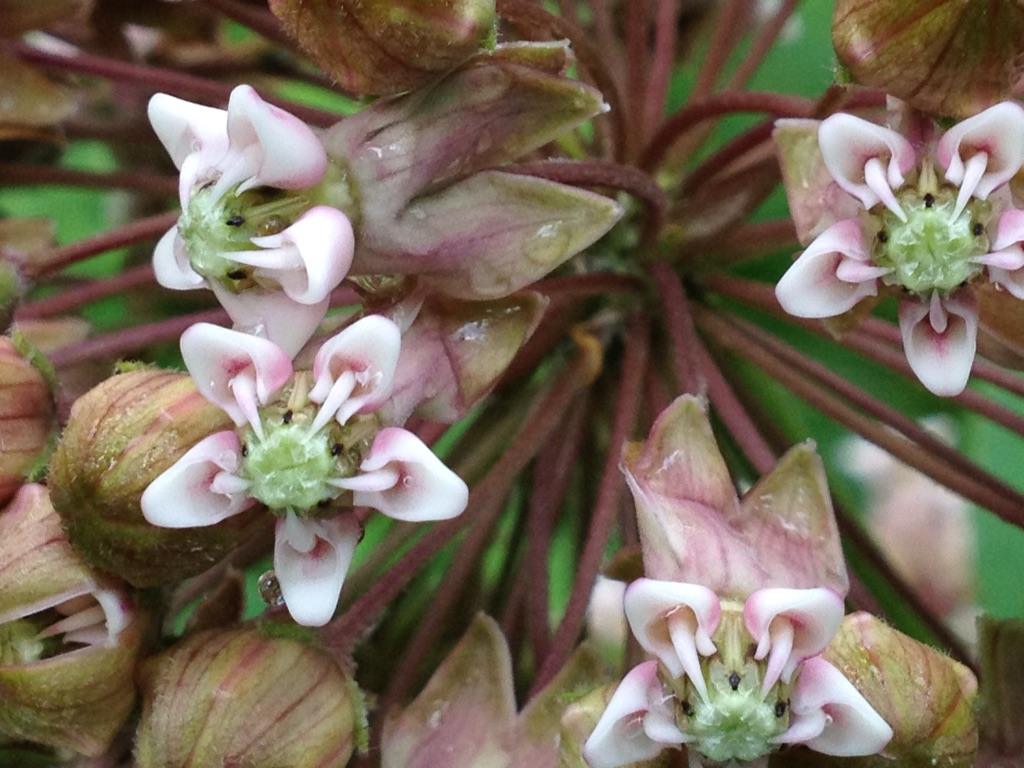
We will not sell you Asclepias syriacus. That’s mostly because you all will not buy it (plus keeping these to plug-size is nearly impossible. Fascinatingly many people think of this plant as a weed, aggressive, messy and not pretty, while coveting and purchasing every last bit of its more ornamental cousins: Asclepias incarnata, Asclepias tuberosa, Asclepias verticillata.
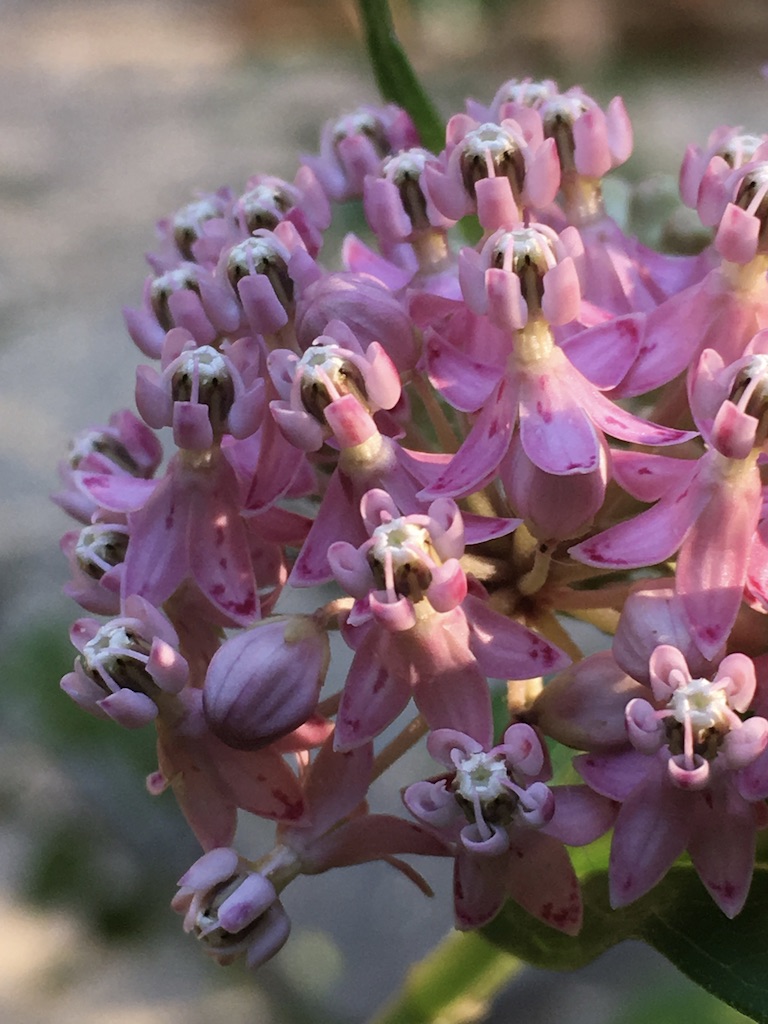
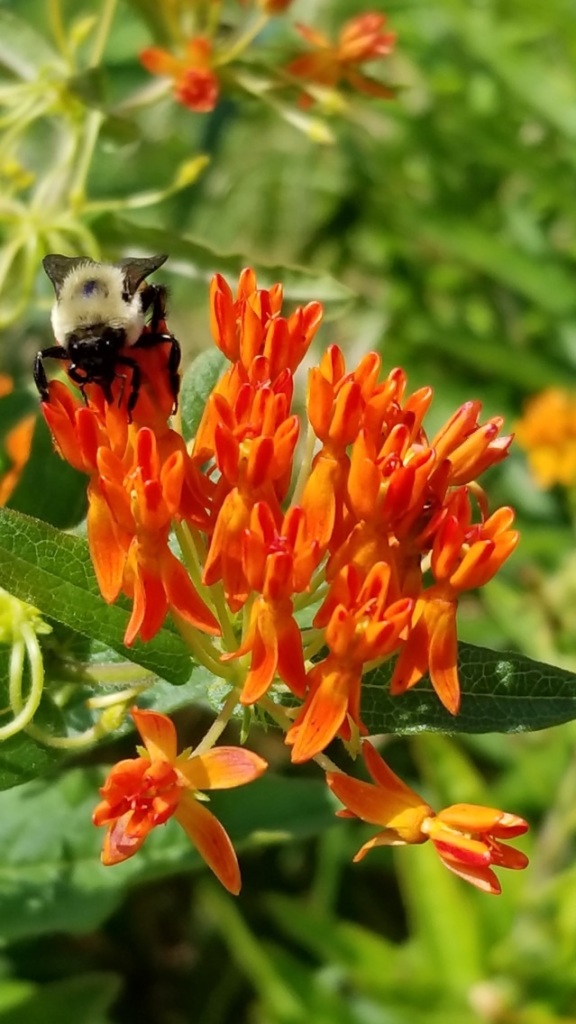
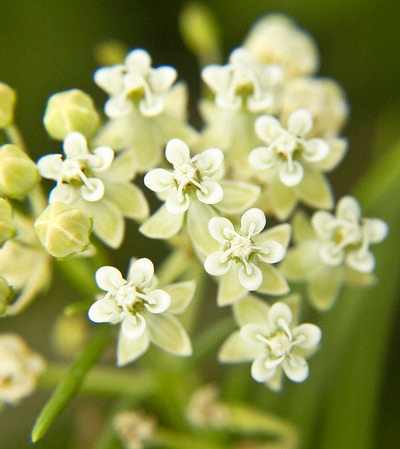
Common Milkweed supports as many insect species as the other Milkweeds.
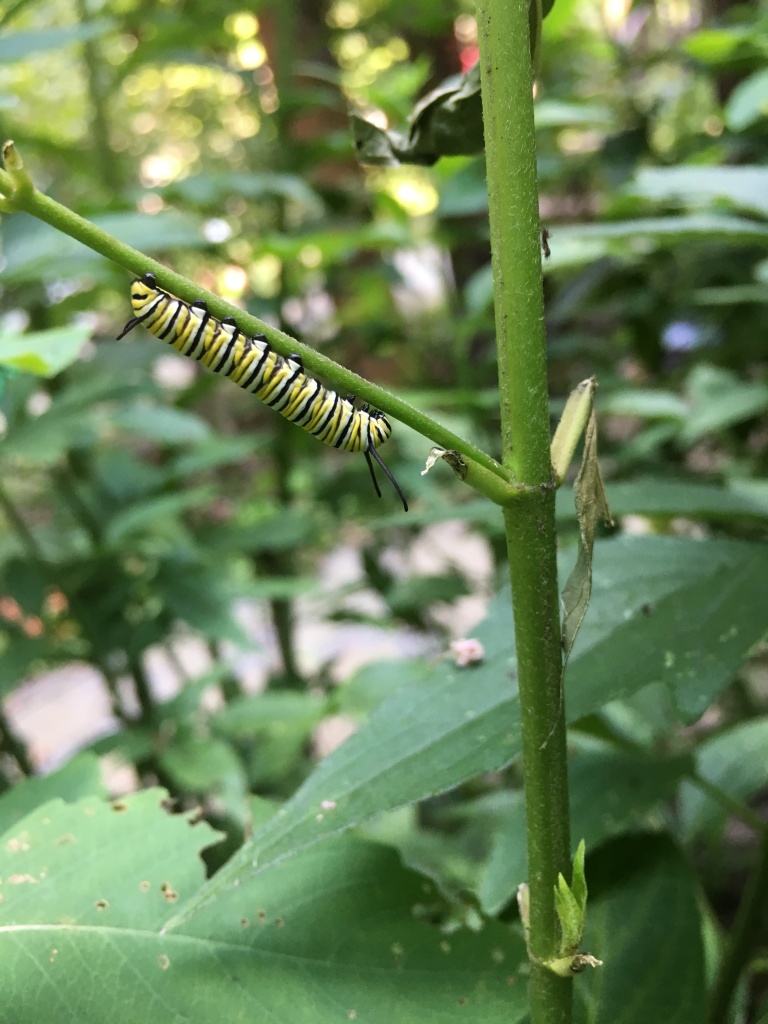
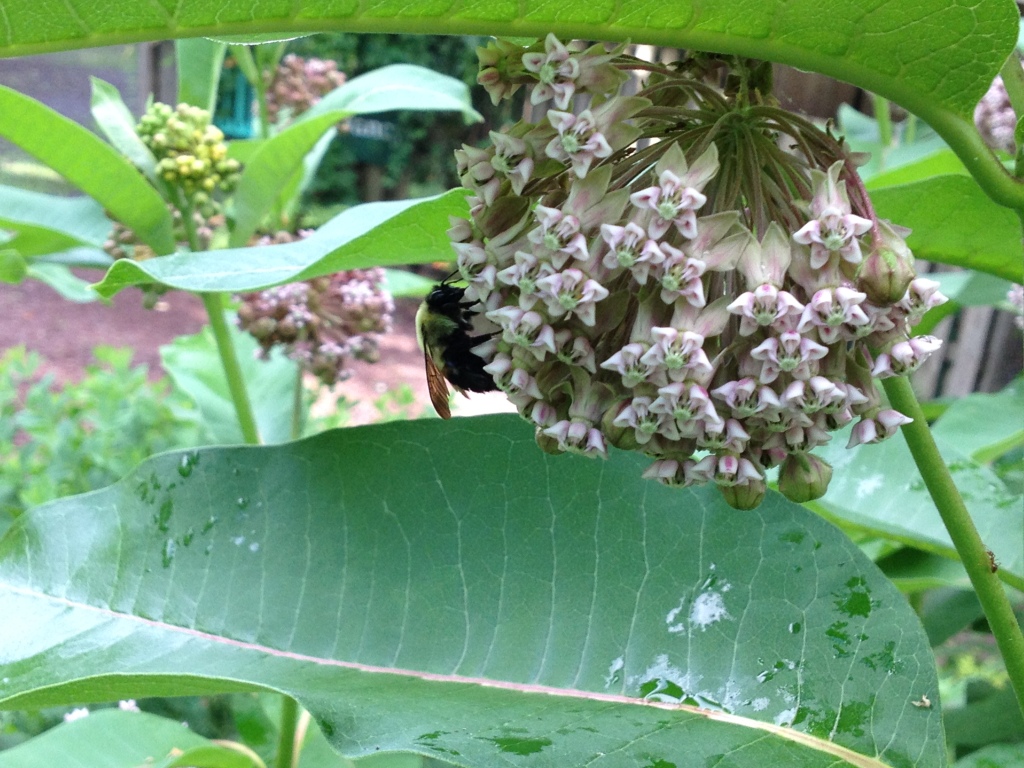
Other insects found on milkweed can be a deterrent for including it in the landscape. If you have common milkweed you almost definitely also have the Oleander Aphid:

Oleander aphids are non-native but like so many insect introductions to this country, prefer to feed on our native plants, the common milkweed in particular. But never fear, if you leave them and avoid insecticides eventually you will have a host of beneficial insects coming to the rescue. Remember, when relying oon biological controls to manage pest problems, you will never entirely eliminate the pest from the plant – that would be self-inflicted food scarcity, rather there will be a balance struck between predator and prey that may fluctuate but will remain in balance. On this particular plant the ladybugs, who as adults and larvae eat the aphids, decided this a great place to raise a family.
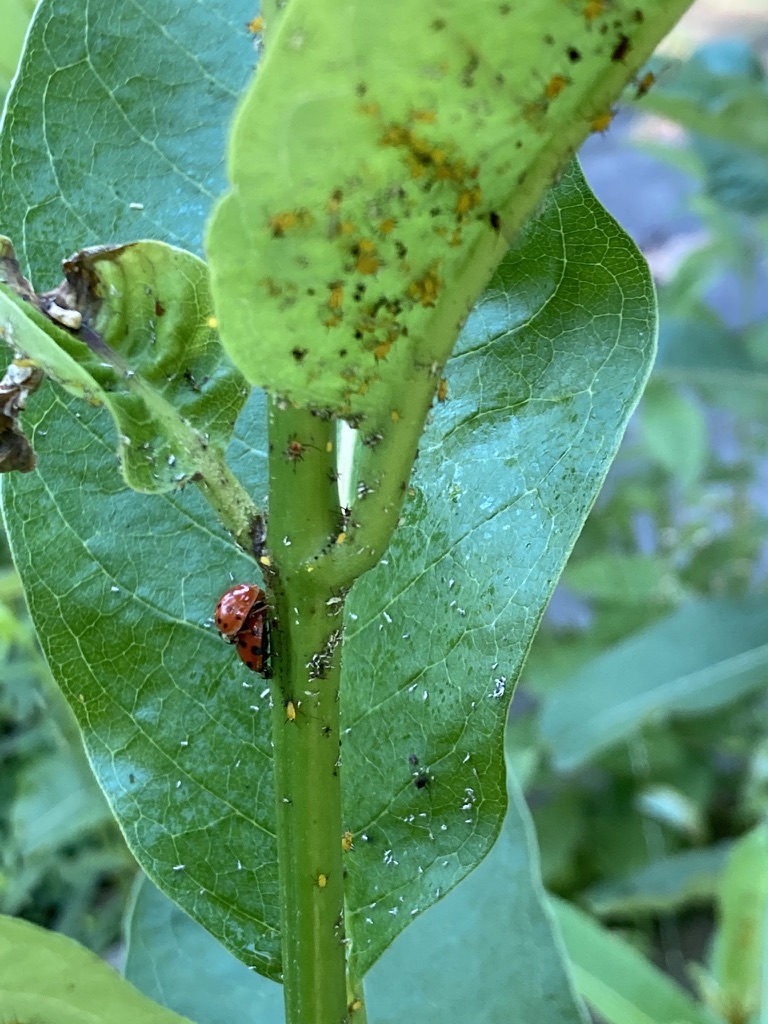
There are many other insects that can be found on Common Milkweed
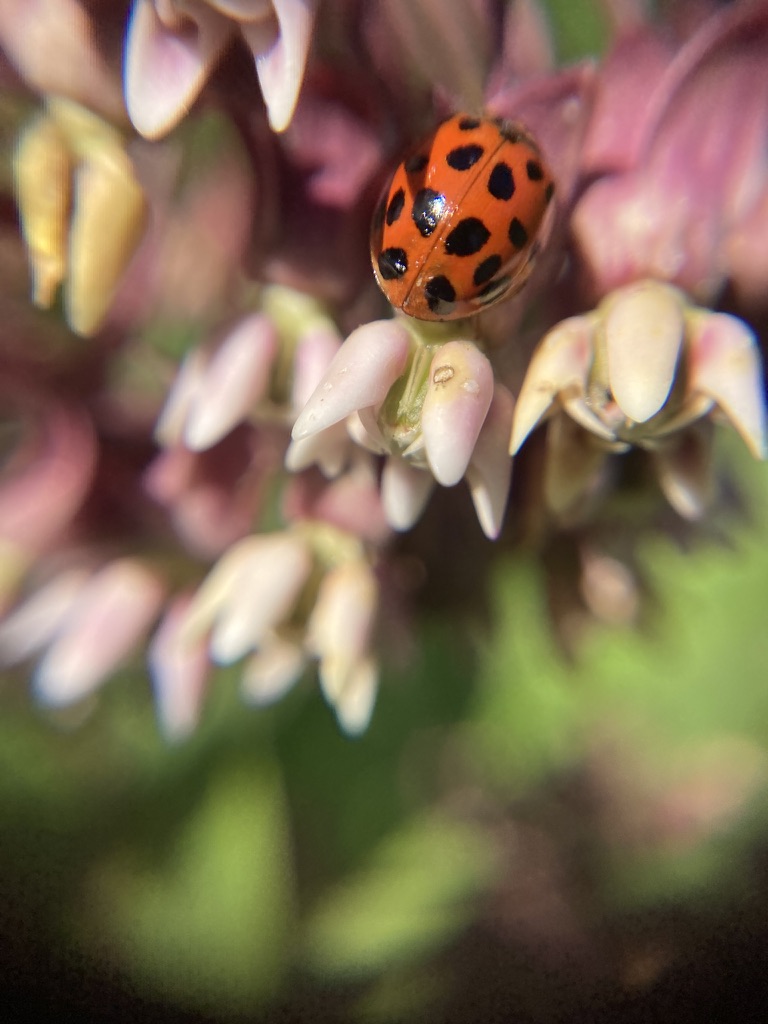
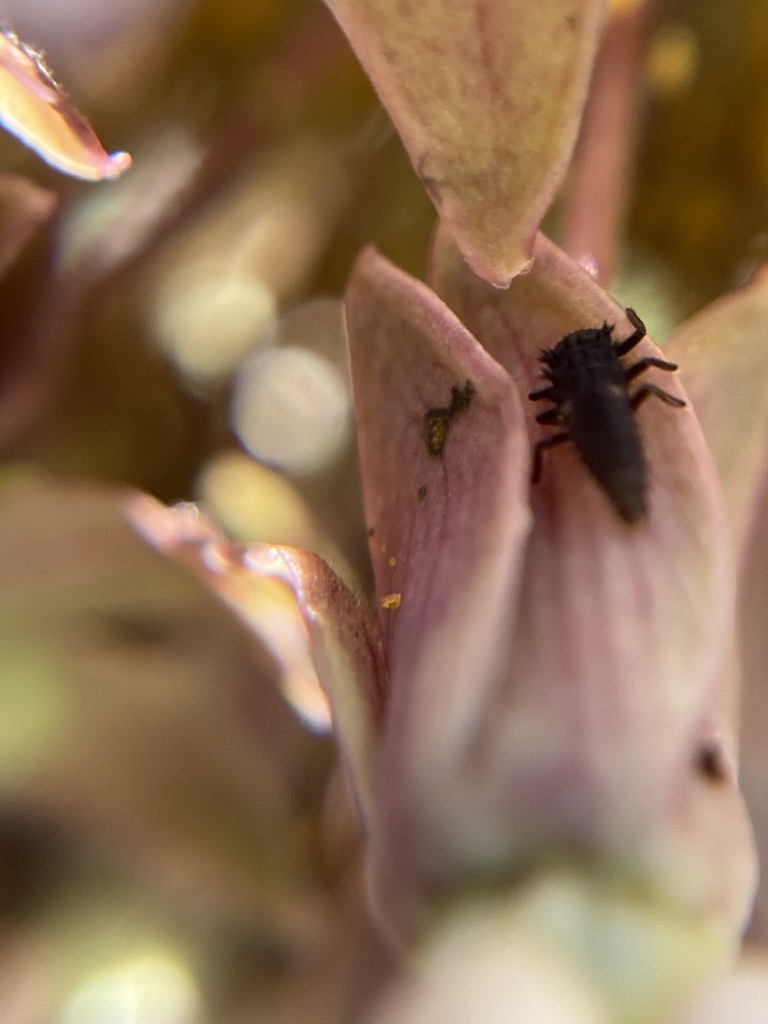
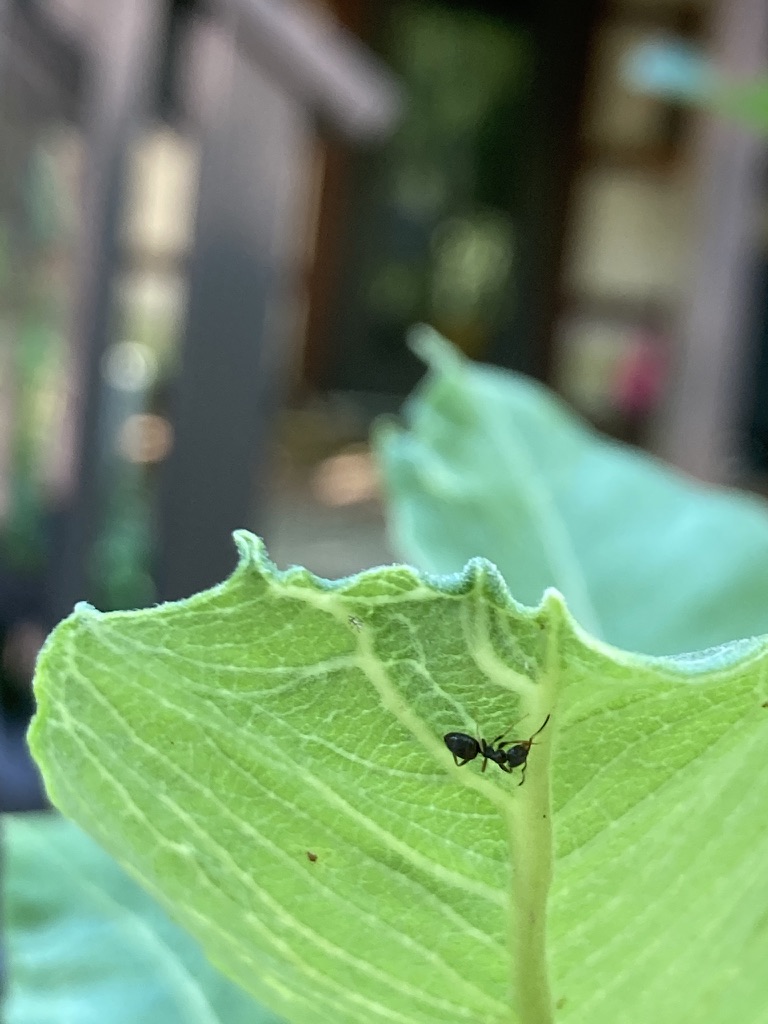
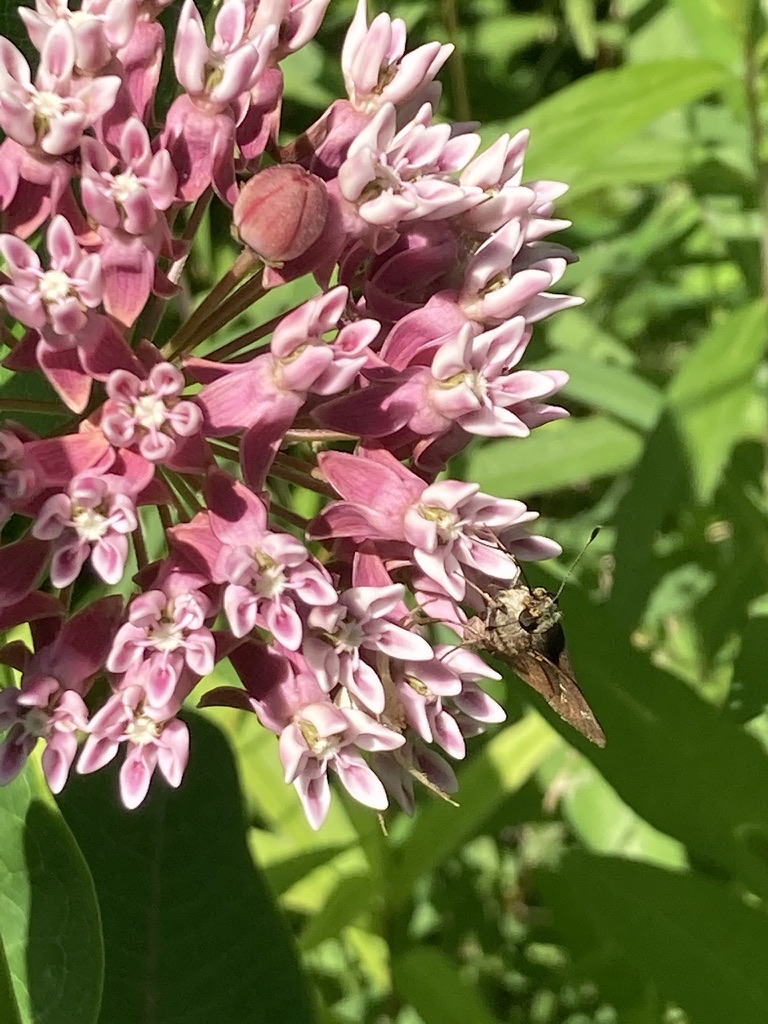
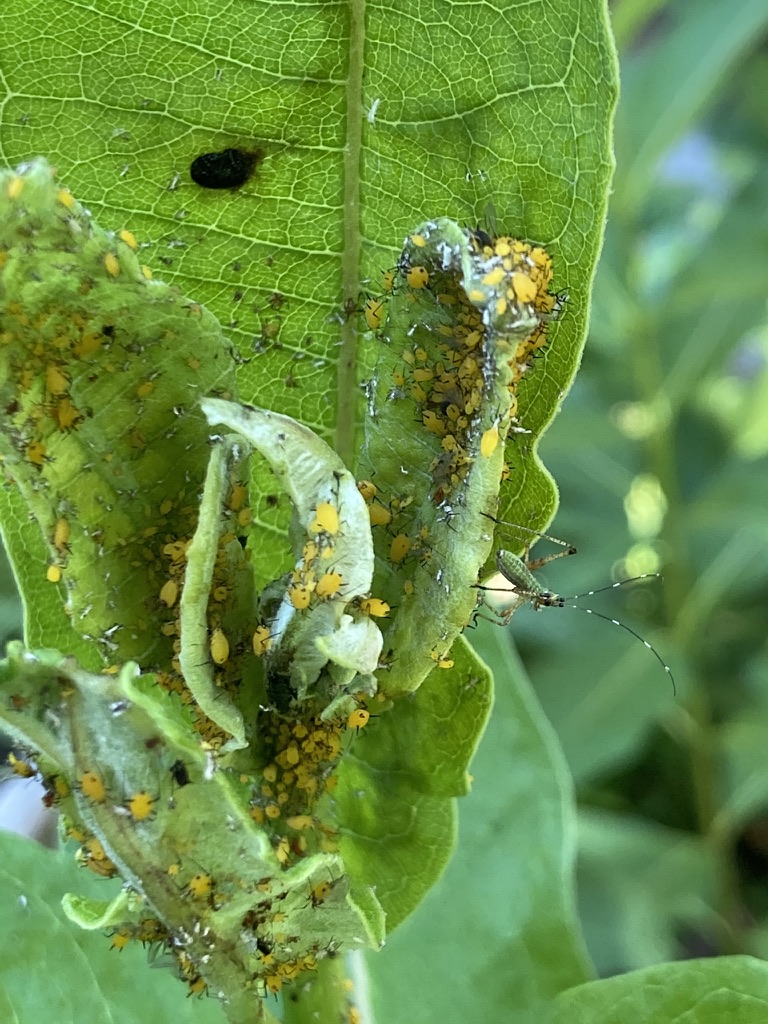
Have you smelled the flowers of Common Milkweed? They are considered the most fragrant of all the milkweeds and the fragrance is simply delightful. You will have a hard time taking your nose out of the umbels.
Research has shown that Asclepias syriaca is the second most popular Milkweed for Monarchs to lay their eggs after Asclepias incarnata, the Swamp Milkweed. Monarchs’ least favorite seems to be Asclepias tuberosa. The research also shows that the more diversity of milkweed species you have the more monarch eggs you can find. This means if you plant the same number of plants and all of them are of one species or they are a mix of species you will find more eggs in the mix of species, even if all of the plants were Swamp Milkweed.
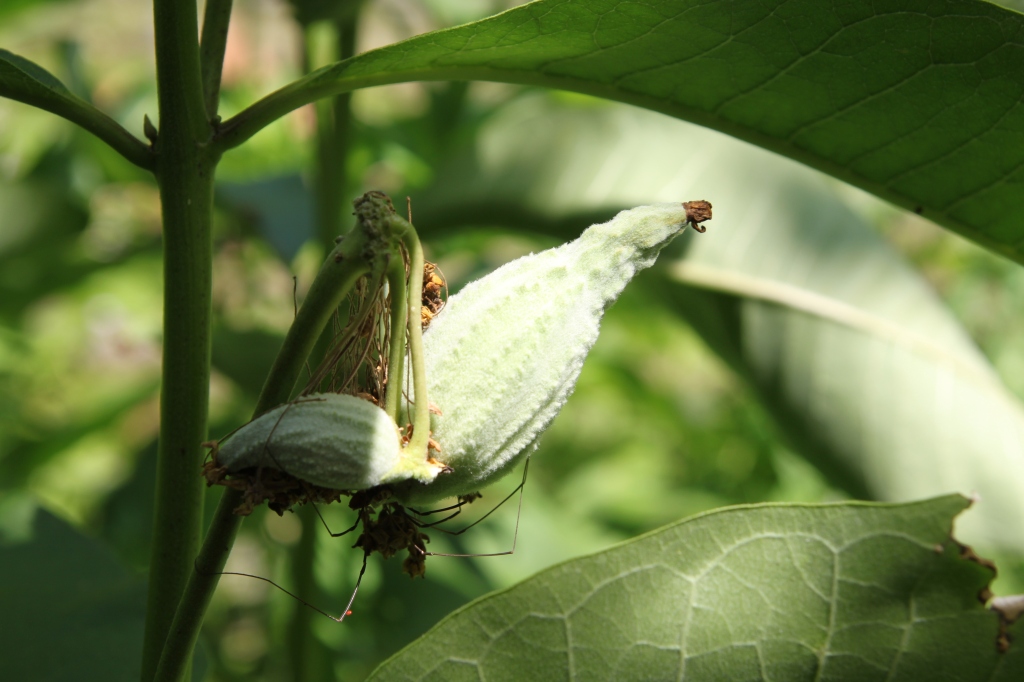
This is just a friendly reminder that we plant native plants for the ecosystem, to support the insects, mammals, birds, reptiles, amphibians, fungi that live in connection with these plants and especially for those like the Monarch whose life depends on them. We must, at times, put aside our aesthetics and geometry, our landscape designs and plans to support the greater systems and sometime this means allowing space for the “less well-behaved” and “less attractive” native plants as well.
And let’s not forget – though Monarchs need Milkweeds for the next generation to exist many insects use Milkweeds.
List of insects feeding on Asclepias sp.
